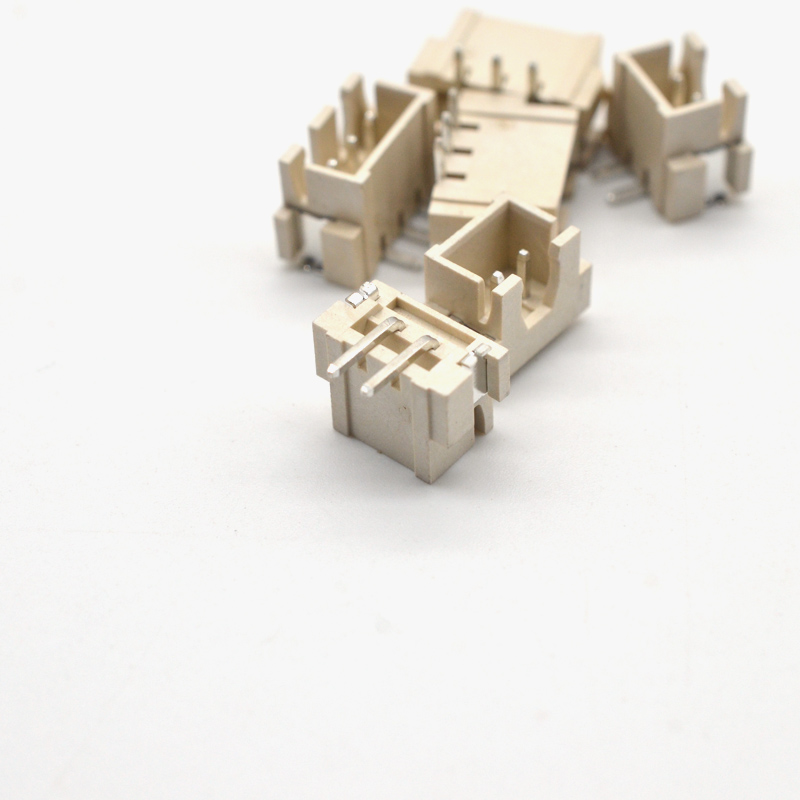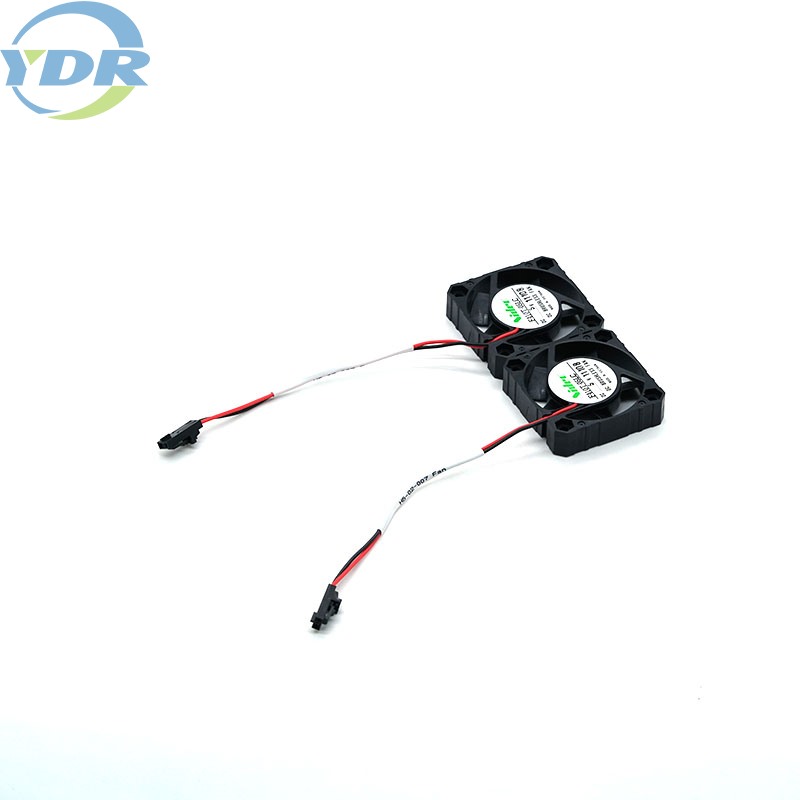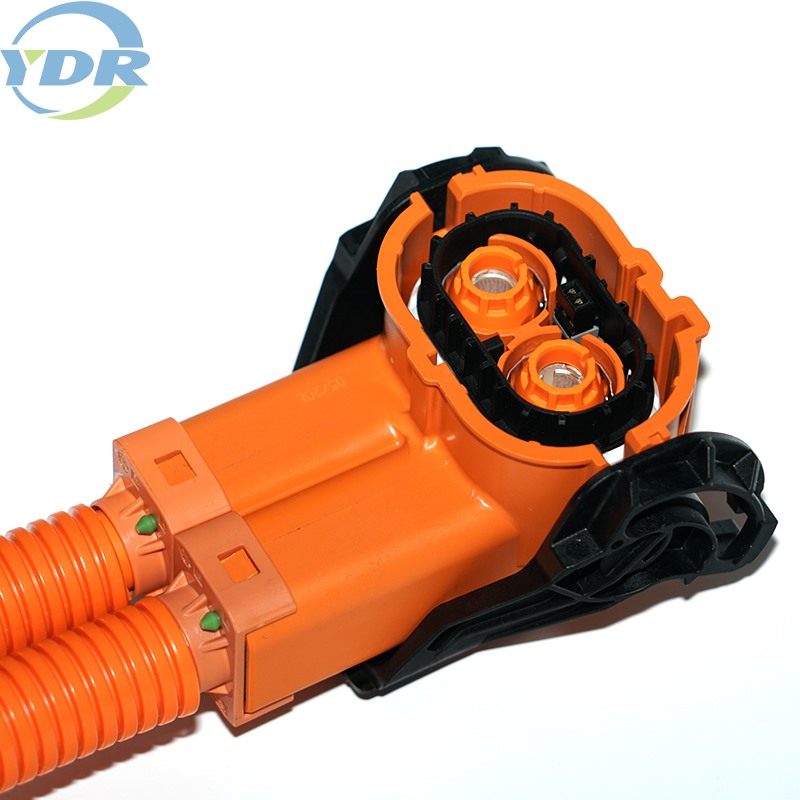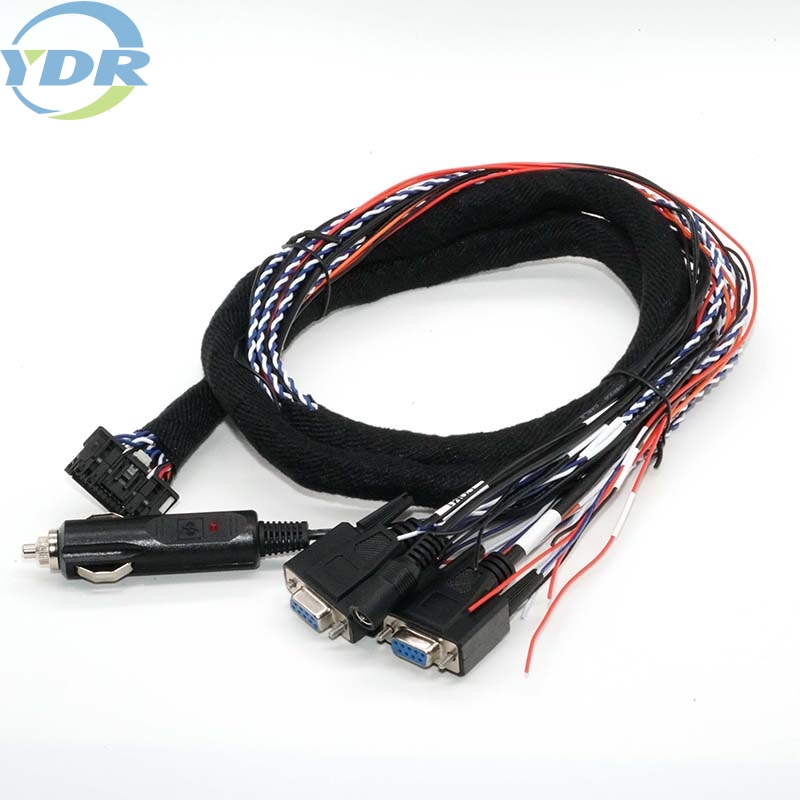Método de conexión de industrialconector
Industrial conectors are also called conectors and plugs. Its function is to connect two active components and act as a current and signal transmission function. With the changes in the application environment, conectors han derivado una variedad de métodos de conexión, el propósito es adaptarse mejor al entorno de la escena y garantizar una transmisión de señal estable.
1. Conexión roscada
Este es el método de conexión tradicional y será útil para trabajar en algunos componentes de mayor tamaño o en un entorno con fuertes vibraciones. La ventaja de este tipo de conexión es que su uso es confiable y el cable se fija mediante la fricción de la tuerca y el engranaje. Si agrega un fusible para evitar que se afloje, el efecto será mejor. La desventaja es que la velocidad de desmontaje es relativamente lenta y se necesita un poco de electricidad para retraer el hilo, lo que requiere mucho tiempo.
2. Conexión de bayoneta
Este es un formulario de conexión que puede conectarse y desconectarse rápidamente. A menudo se usa para conectar dos componentes eléctricos simples.Conectoresthat are connected by a snap-in type will mark the correct snap-locking direction at the buckle. The user can observe whether the buckle is installed in the small hole on the side of the conector nut.
3. Conexión de enchufe
The plug-in connection method is a commonly used connection method. The plug and socket of the conector can be connected and separated by moving in the horizontal direction. No twisting and optional installation are required, and the connection can be completed in a short time. And separation. The common plug connection has two structures: ball and pin. This connection method saves the traditional mechanical locking mechanism, so once the conector is inserted by mistake, it is very difficult to pull it out.
4. Conexión del armario
Se basa en el método de conexión eléctrica que está cerca del marco y debe conectarse a ciegas al equipo. El uso de este método puede hacer que el equipo eléctrico sea muy ligero y pequeño. Cada unidad puede funcionar de forma independiente entre sí, lo que es más fácil de mantener y tiene una mayor confiabilidad. Dado que el operador de este modo de conexión no puede percibir la conexión, debe haber un dispositivo de posicionamiento preciso para ayudar a la conexión sin problemas. Por lo general, utilice un diseño de resorte o contacto flotante para garantizar su conexión correcta.
5. Conexión de soldadura
Soldering connection refers to the formation of continuous metal between the solder and the surface to be soldered. Therefore, the prerequisite for the conector is to have solderability. The common plating on the soldering end of the conector includes metals such as tin alloy, silver and gold. The reed type contact has the welding piece type, the punching welding piece type and the notched welding piece type for the common welding end: the pinhole contact has a drilling arc notch for the common welding end.
6. Perforar la conexión
La conexión de perforación también se llama conexión de desplazamiento de aislamiento. Tiene las características de alta confiabilidad, bajo costo y uso conveniente. Ha sido ampliamente utilizado enconectors in the printing industry. It is suitable for interconnection between ribbon cables. It is not necessary to puncture the insulation layer of the cable when connecting. The tip of the "U"-shaped contact spring of the conector is used to pierce the insulation layer, so that the conductor of the cable slides into the concave groove of the conector and is fixed, so that the cable and The conectorsestán en estrecho contacto.

 English
English  Español
Español  Português
Português  русский
русский  Français
Français  日本語
日本語  Deutsch
Deutsch  tiếng Việt
tiếng Việt  Italiano
Italiano  Nederlands
Nederlands  ภาษาไทย
ภาษาไทย  Polski
Polski  한국어
한국어  Svenska
Svenska  magyar
magyar  Malay
Malay  বাংলা ভাষার
বাংলা ভাষার  Dansk
Dansk  Suomi
Suomi  हिन्दी
हिन्दी  Pilipino
Pilipino  Türkçe
Türkçe  Gaeilge
Gaeilge  العربية
العربية  Indonesia
Indonesia  Norsk
Norsk  تمل
تمل  český
český  ελληνικά
ελληνικά  український
український  Javanese
Javanese  فارسی
فارسی  தமிழ்
தமிழ்  తెలుగు
తెలుగు  नेपाली
नेपाली  Burmese
Burmese  български
български  ລາວ
ລາວ  Latine
Latine  Қазақша
Қазақша  Euskal
Euskal  Azərbaycan
Azərbaycan  Slovenský jazyk
Slovenský jazyk  Македонски
Македонски  Lietuvos
Lietuvos  Eesti Keel
Eesti Keel  Română
Română  Slovenski
Slovenski  मराठी
मराठी  Srpski језик
Srpski језик 





